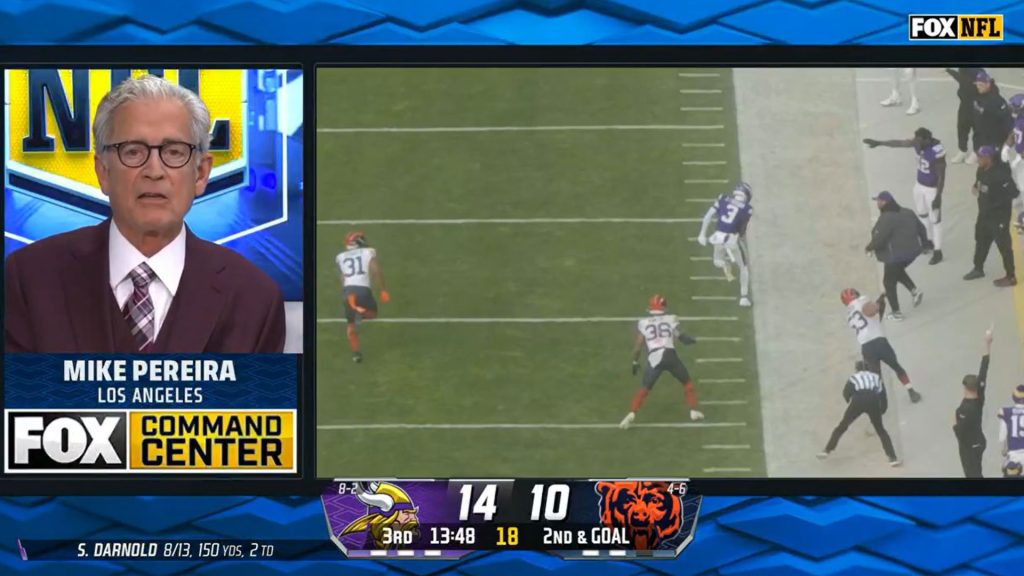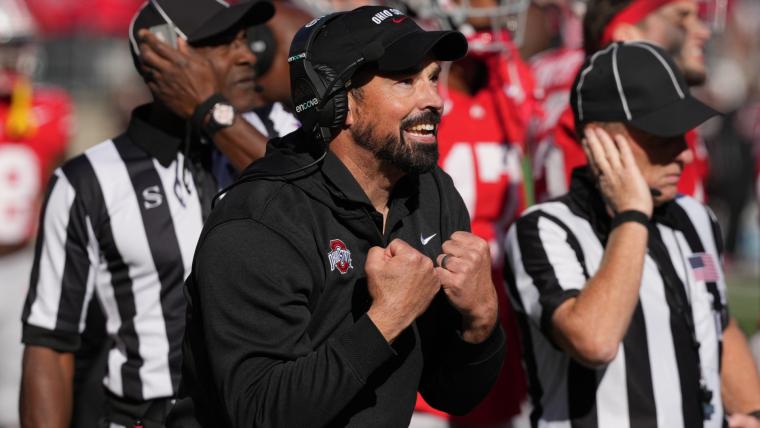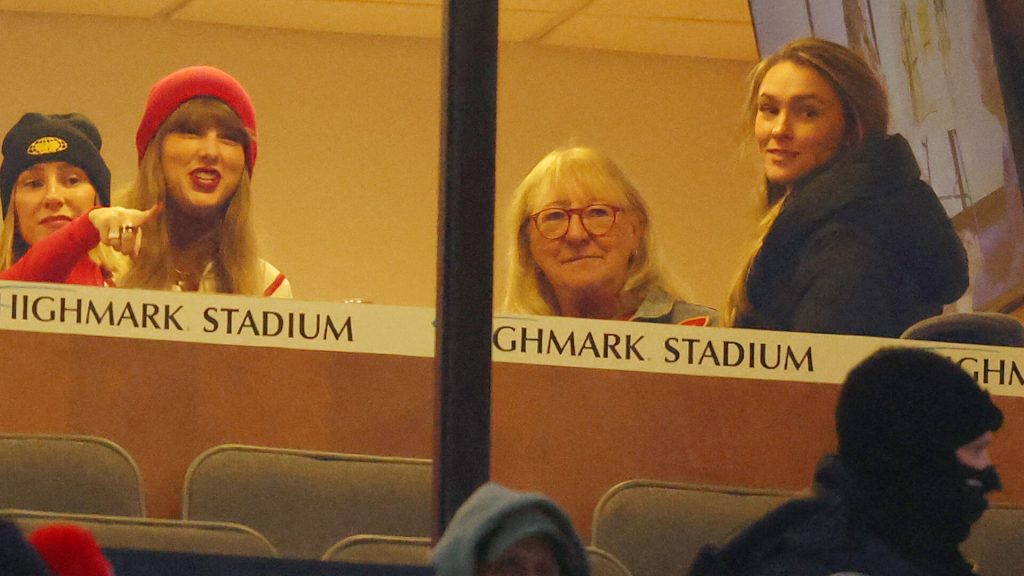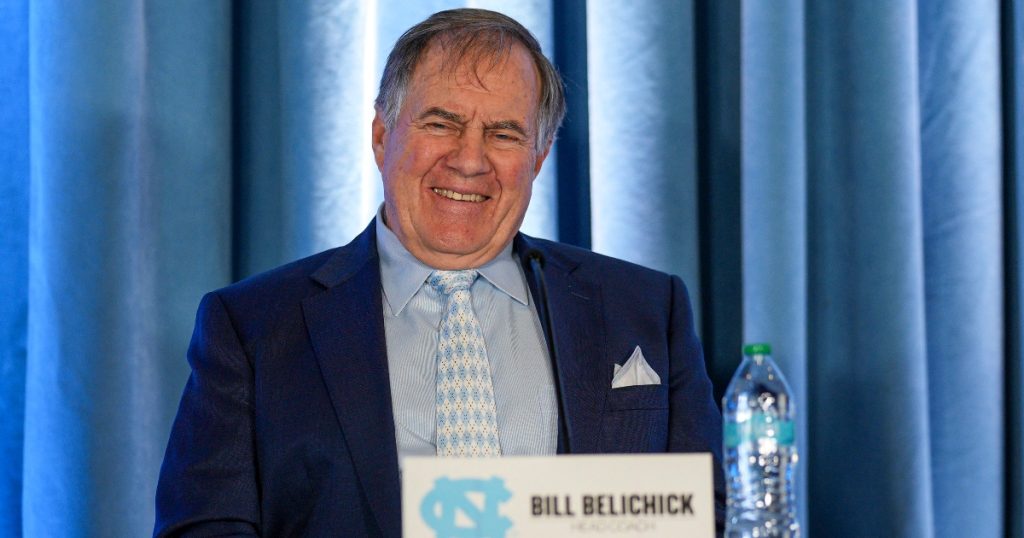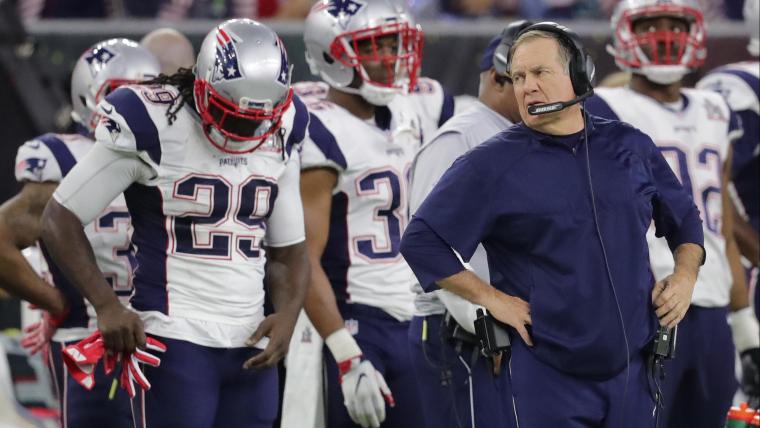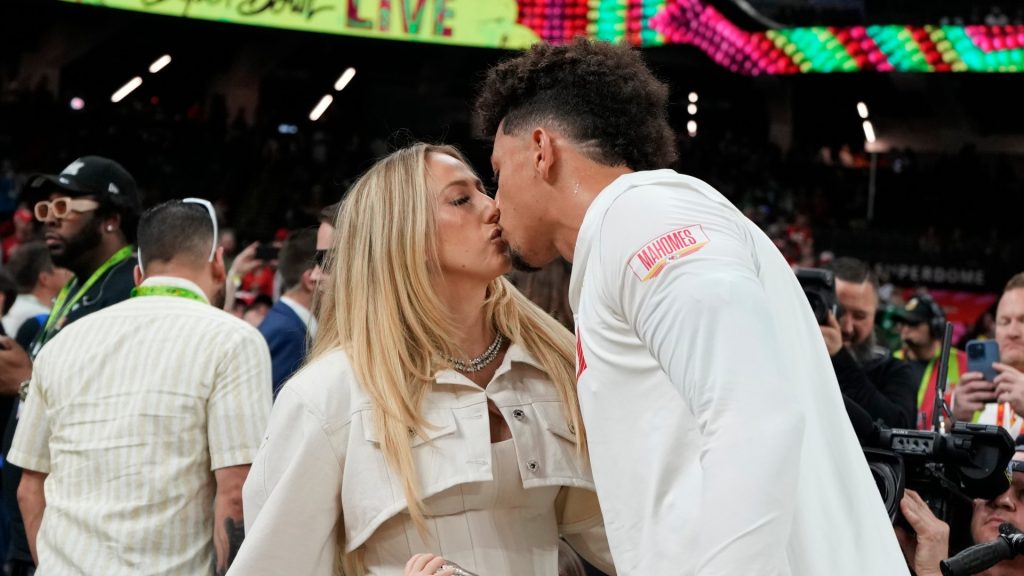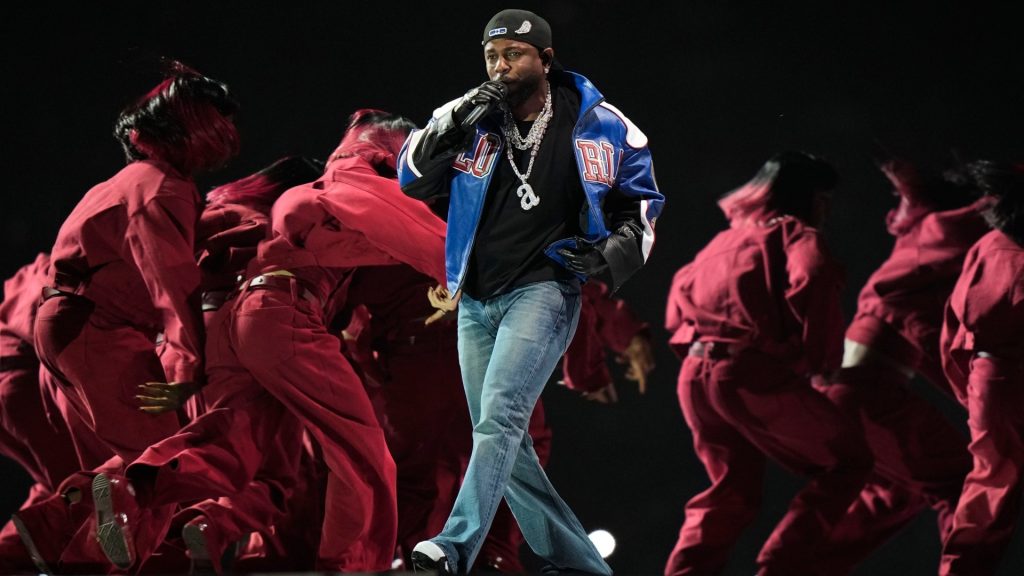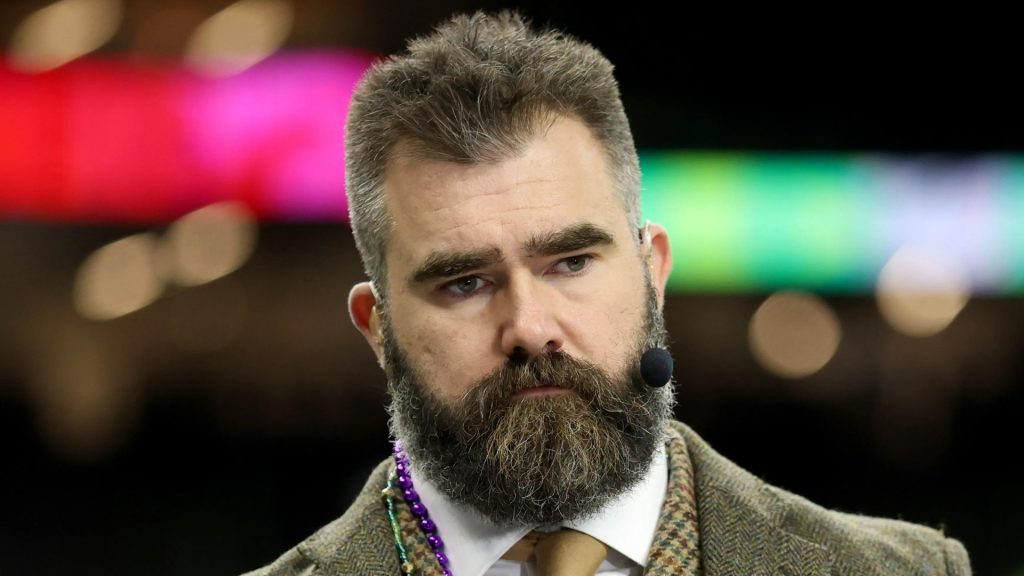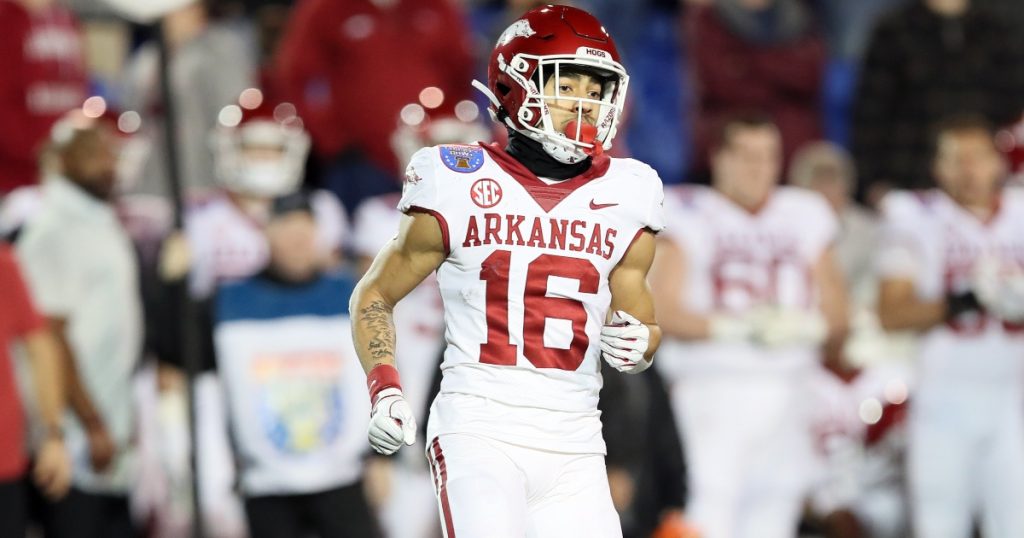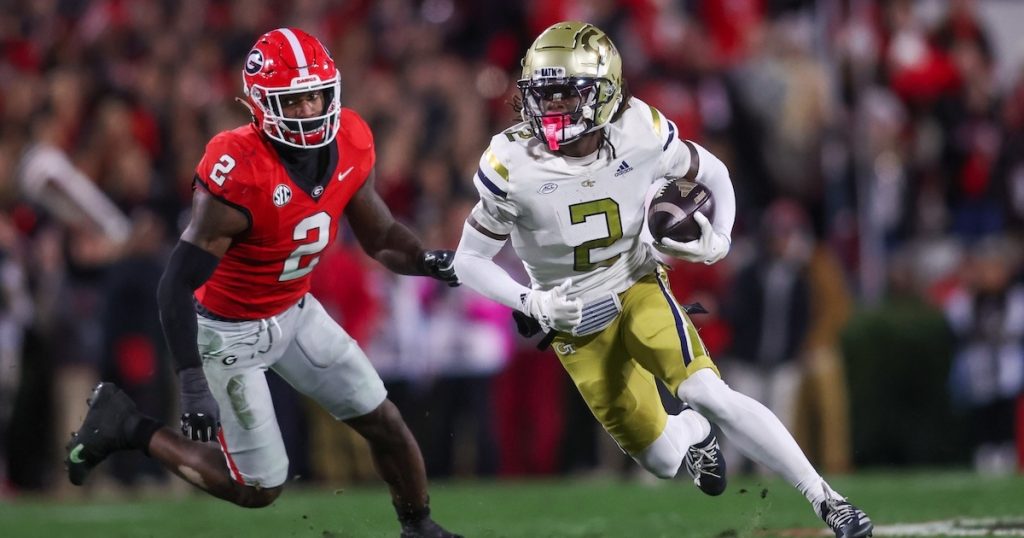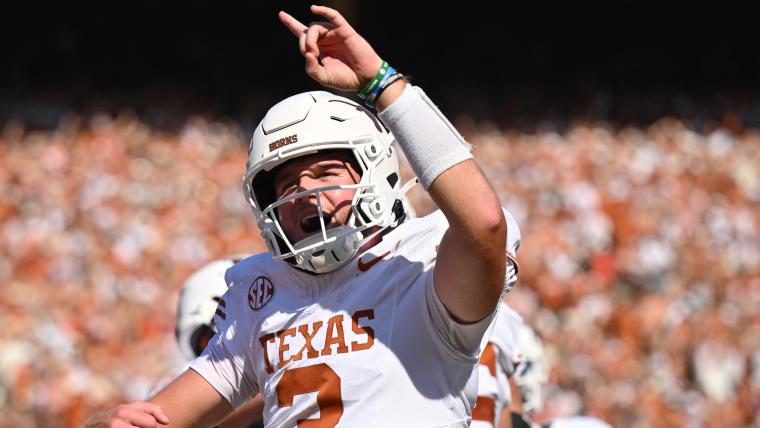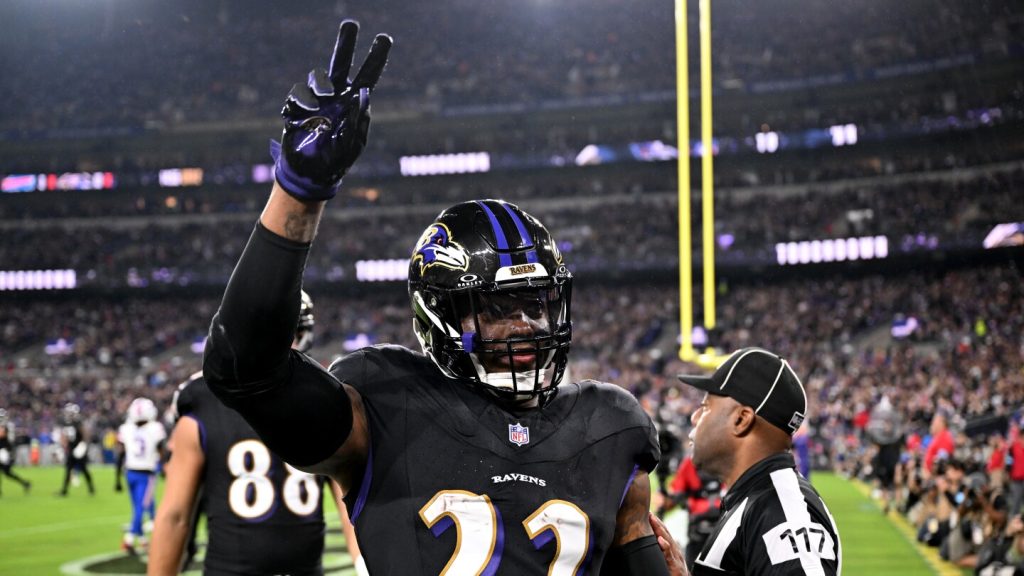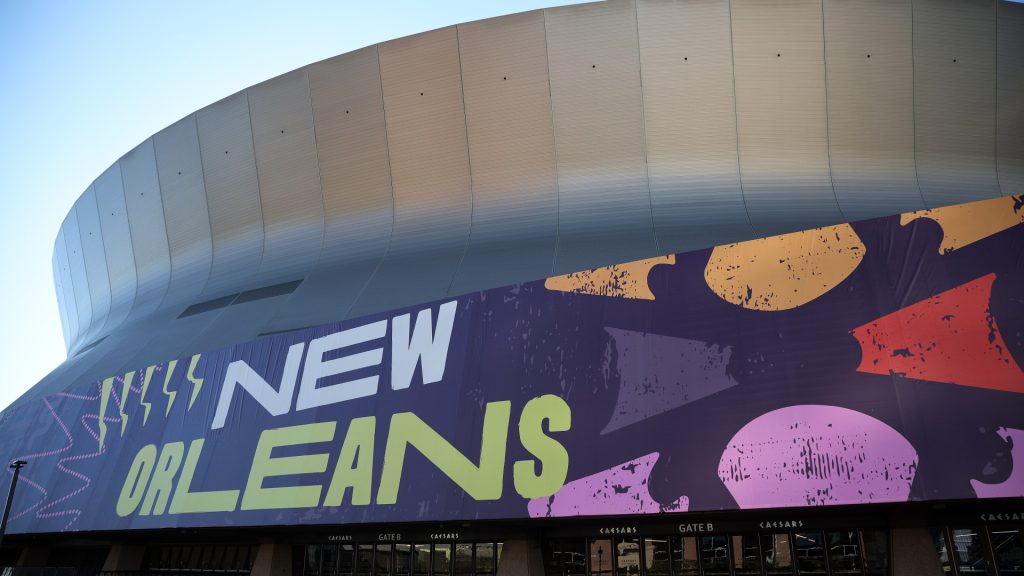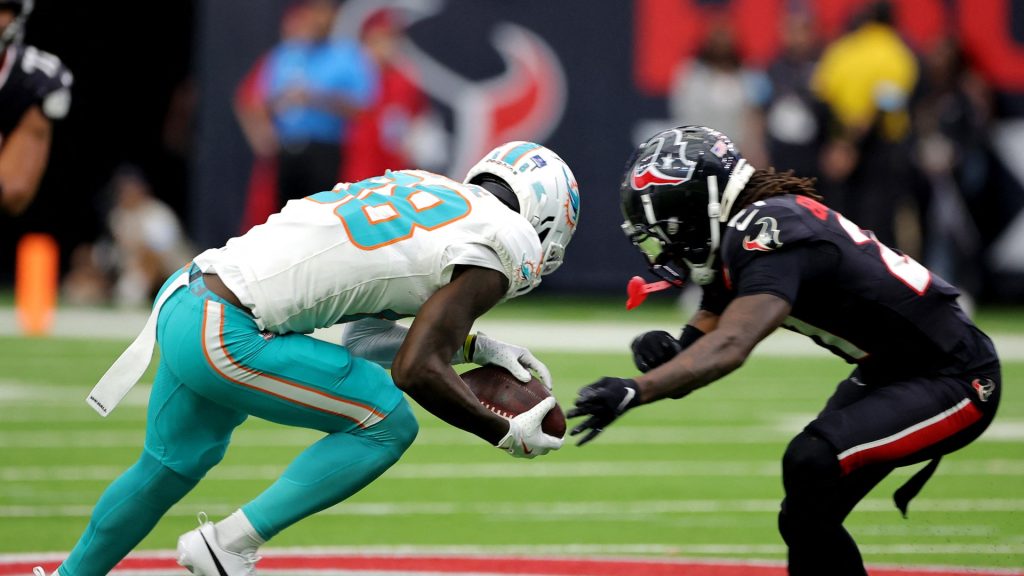The NFL is gearing up for a potential overhaul of its video replay rules next season, a move that comes in the wake of widespread confusion among fans during a recent game. This past Sunday, the Minnesota Vikings faced off against the Chicago Bears, and a controversial call left viewers scratching their heads.
Vikings wide receiver Jordan Addison made a spectacular catch from quarterback Sam Darnold, racing down the sidelines for an impressive 68-yard gain that put Minnesota in a prime scoring position. However, the excitement was short-lived when Bears head coach Matt Eberflus challenged the play, believing Addison had stepped out of bounds.
As the tension mounted, the pivotal moment hinged on a "boundary camera" angle that could have confirmed Addison’s status. Unfortunately, this particular camera angle was not permitted for use in the challenge, leading to a frustrating situation for fans and players alike. Eberflus’ challenge was ultimately unsuccessful, and the original call stood.
What’s particularly frustrating is that the technology was available but couldn’t be utilized. Fox NFL rules analyst Mike Pereira explained during the broadcast that not every stadium in the league is equipped with this boundary camera. He stated, “If a coach is challenged, you cannot use the boundary cam. There’s not boundary cams in every stadium, so there’s a question of equity.”
Fans watching the game at Soldier Field in Chicago were left bewildered. Many took to social media to express their frustrations. One fan asked, "Why try to get a call right when you have the means to do so?" Another chimed in, "Right but like… WHY aren’t they in every stadium?" The sentiment was clear: fans expect better from a league that generates billions in revenue.
Fortunately for the Vikings, the call was indeed correct, and they managed to escape Chicago with a 30-27 victory, improving their record to 9-2. However, the win didn’t come easy. The Bears mounted a miraculous comeback, forcing the game into overtime after recovering an onside kick and tying the game with a field goal.
In light of this incident, the NFL is reportedly looking to make changes to its replay system. According to NBC’s Mike Florio, the league anticipates that by the end of the calendar year, all stadiums will be equipped with boundary cameras. He noted, “Even when the league-owned cameras (12 per venue) are present in all stadiums, their use will not expand to coaches’ challenges and replay assist this season. Next year, they will.”
Currently, five stadiums in the league do not have this crucial camera angle. The NFL’s decision to expand the use of technology in officiating reflects a growing recognition of the need for accuracy and fairness in the game. After all, if the technology exists, why not use it to ensure the right calls are made?
The potential rule changes could significantly impact how challenges are handled in the future. Fans and players alike are eager to see a more equitable system that allows for all available technology to be utilized during crucial moments of the game.
As the NFL moves forward, this situation has sparked a broader conversation about the importance of technology in sports. The league’s commitment to improving the replay system is a step in the right direction, but it raises questions about why such advancements have taken so long to implement.
In the fast-paced world of the NFL, where every play can change the course of a game, the stakes are incredibly high. Fans want to see their teams succeed, but they also want to trust that the officials are making the right calls. The introduction of boundary cameras in all stadiums could help bridge that gap, providing a clearer picture of the action and ensuring fairness on the field.
As we look ahead to next season, the excitement is palpable. Will the NFL finally embrace the technology that fans have been clamoring for? Will we see a more transparent and efficient replay system that enhances the integrity of the game? One thing is for sure: the league is listening, and changes are on the horizon.
In the end, the NFL is not just about the players and the games; it’s about the fans and their experience. By addressing these issues, the league can foster a more engaging and trustworthy environment for everyone involved. The future of NFL officiating is bright, and fans are eager to see how these changes will unfold.

